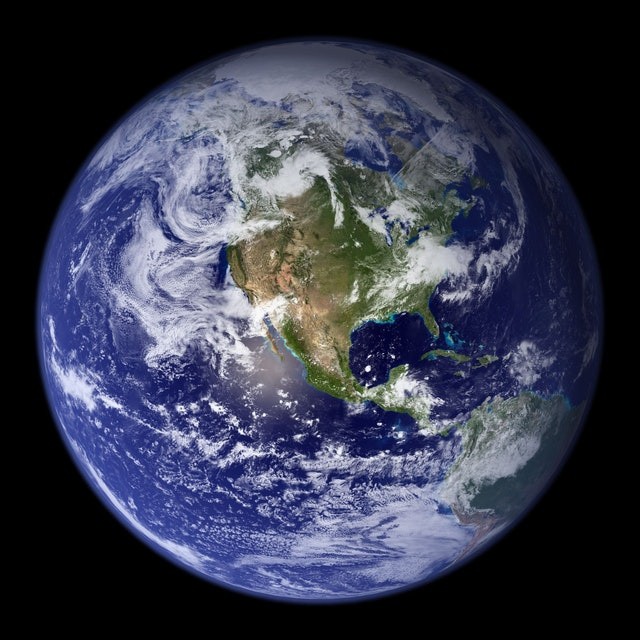If you've noticed that time is more scarce than ever lately, blame the revolution. The shortest day on Earth since the 1960s, when researchers started tracking the planet's rotation with accurate atomic clocks, was seen on June 29 of this year.

Earth's Rotation
The Earth generally makes one full rotation around its axis every 24 hours. A day is defined by a single spin, which also powers the dawn and sunset cycles that have structured life patterns for billions of years. However, on June 29, the clock struck midnight 1.59 milliseconds earlier than anticipated.
A flurry of records has fallen over the last several years, with shorter days occurring more regularly. The Earth had 28 of the shortest days in the previous 50 years in 2020, with the shortest day occurring on July 19 and slicing 1.47 milliseconds off the 24 hours' 86,400 seconds. When the 26 July came in 1.5 milliseconds short last month, the 29 June record came dangerously close to being shattered.
Is the world spinning faster?

So, is the world becoming faster? The Earth is spinning more slowly than it used to over the longer term; the geological timeframes condense the dinosaurs' rise and fall into the blink of an eye. A day would last less than 19 hours if we could turn the clock back 1.4 billion years. Therefore, Earth days typically become longer yearly by roughly one 74,000th of a second, not getting shorter. The effect is mostly due to the moon's gravitational pull, which warps the globe and causes tidal friction, gradually slowing the Earth's rotation.
The International Telecommunication Union, a United Nations agency, has started adding sporadic leap seconds in June or December-most recently in 2016-to maintain clocks in sync with the planet's rotation. This stops the clocks for a second so that the Earth can catch up. In 1972, the first leap second was introduced. The following opportunity is in December 2022; however, it is unlikely to be needed given how quickly Earth is now rotating.
In shorter time periods, the situation is more chaotic even if the Earth is slowing down over the long term. The Earth has a molten core inside, and on its surface are several moving continents, swelled oceans, and melting glaciers. The planet is spinning on its axis while engulfing a dense layer of gases. They all affect how quickly or slowly the Earth rotates, albeit the variations are invisible.
Various Factors
According to NASA, stronger winds in El Niño years can delay the planet's rotation and lengthen the day by a few hundredths of a millisecond. On the other hand, earthquakes may have the opposite outcome. The Indian Ocean tsunami of 2004 caused an earthquake that moved enough rock to cut the day's duration by over three microseconds.
Similar to how a spinning ice skater accelerates when they draw in their arms, anything that pushes mass towards the center of the Earth will hasten the planet's rotation. It will reverse and slow the rotation if geological activity pulls material away from the center.
The length of a day is affected by several distinct mechanisms, which scientists are currently trying to understand. However, if the trend toward shorter days persists, it may prompt calls for the first "negative leap second." Civil time would miss a second rather than adding one to clocks to keep up with the faster-spinning globe. That, in turn, might have its effects, including reigniting the discussion of whether the concept of measuring time by the movement of the earth has outlived its usefulness after more than 5,000 years.
For more Space news, don't forget to follow Nature World News!
© 2026 NatureWorldNews.com All rights reserved. Do not reproduce without permission.





